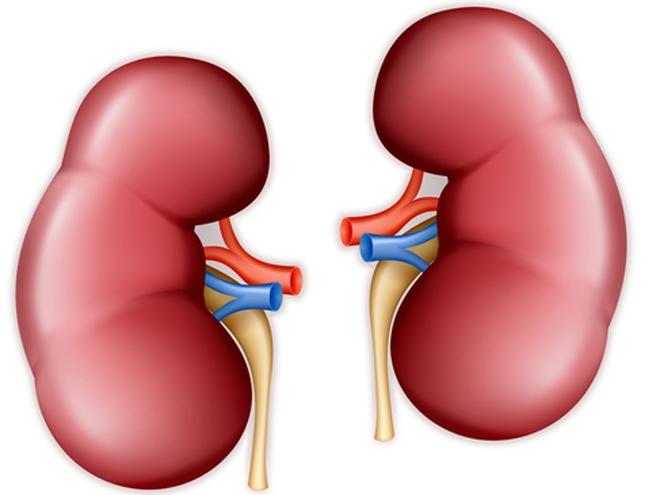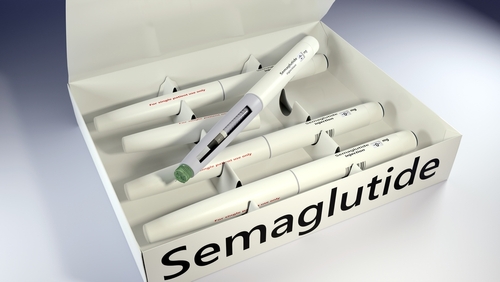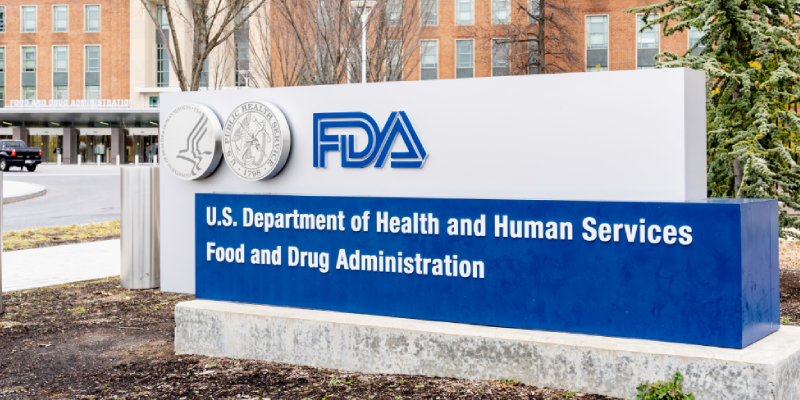
There are few data describing the association between primary aldosteronism (PA) and nephrolithiasis. The reason for recurrent calcium nephrolithiasis may be related to the hypercalciuria and hypocitraturia of PA patients.
Chun-Kai Chang, MD, and colleagues conducted a study designed to assess the relationship between PA and renal stones, including stone size and density. Results were reported online in Frontiers in Endocrinology [doi.org/10.3389/fendo.2022.828839].
The researchers retrospectively identified 610 patients who presented to a medical center with a history of hypertension from February 10 to March 2021. All patients had a PA data survey. A total of 147 patients had a kidney stone. The 147 patients were divided into two groups: group 1 (44 patients with essential hypertension) and group 2 (103 patients with PA). Differences among variables were examined using Pearson c2 test and independent Student’s t-test
Mean age was 54.4 years in group 1 and 53.0 years in group 2. In the PA group, the incidence rate of renal stones was approximately 24%. There were no significant differences between the two groups in sex, blood pressure (systolic and diastolic), duration of hypertension, history of diabetes mellitus) and laterality of kidney stone.
Mean stone size was 4.0 mm in group 1 and 6.5 mm in group 2, with a significantly larger renal stone size noted in the PA group compared with that in the essential hypertension group (P=.004). Hounsfield unit density was higher in the PA group than in the essential hypertension group; the difference did not reach statistical significance (P=.204).
In conclusion, the researchers said, “Our study revealed that PA patients had a higher incidence rate of renal stones compared to that of the general population. Besides, the PA-related renal stones also presented as larger and harder than those of the essential hypertension group. Further investigation concerning the association between PA and renal stones is warranted.”







 © 2025 Mashup Media, LLC, a Formedics Property. All Rights Reserved.
© 2025 Mashup Media, LLC, a Formedics Property. All Rights Reserved.